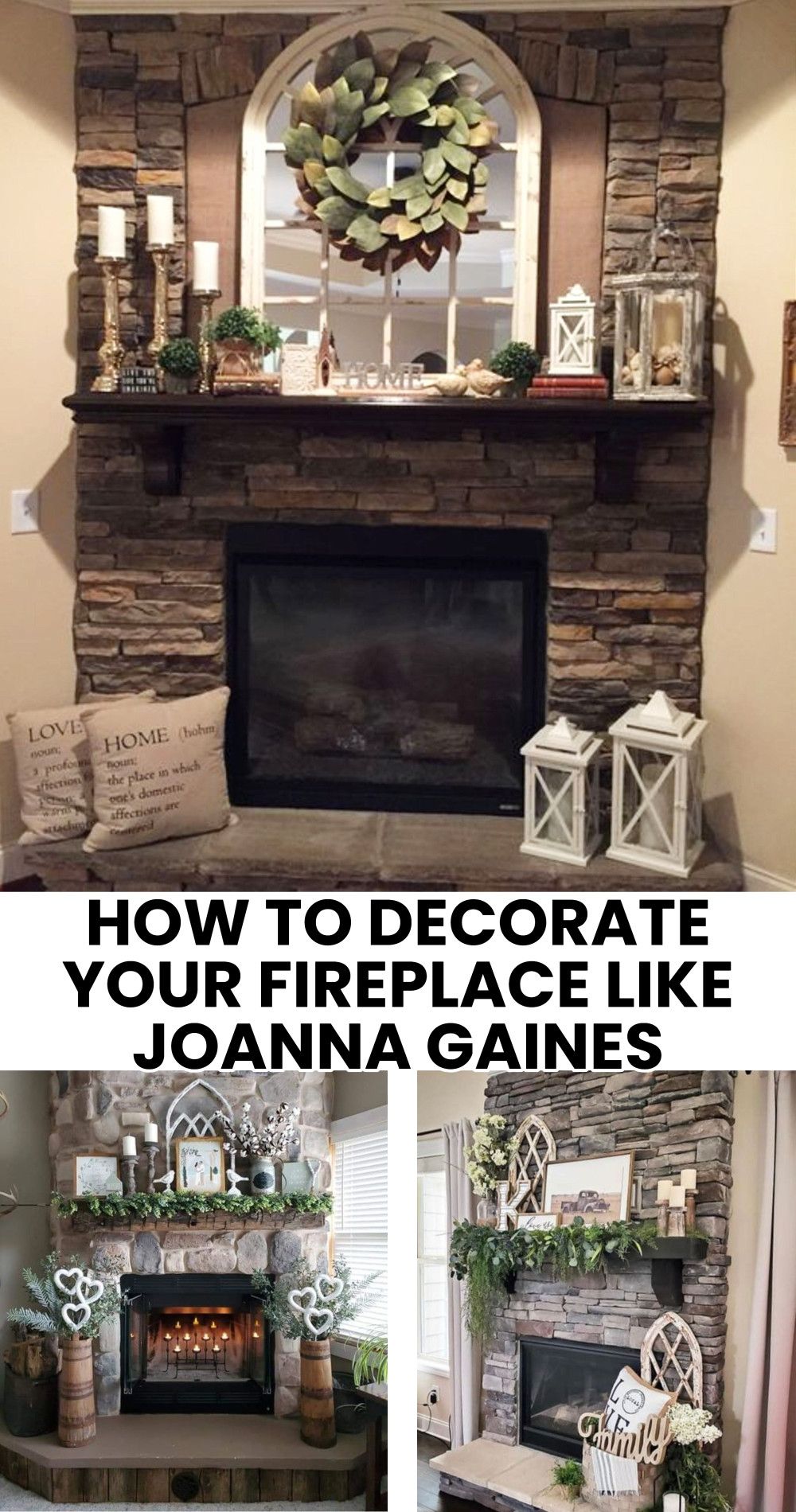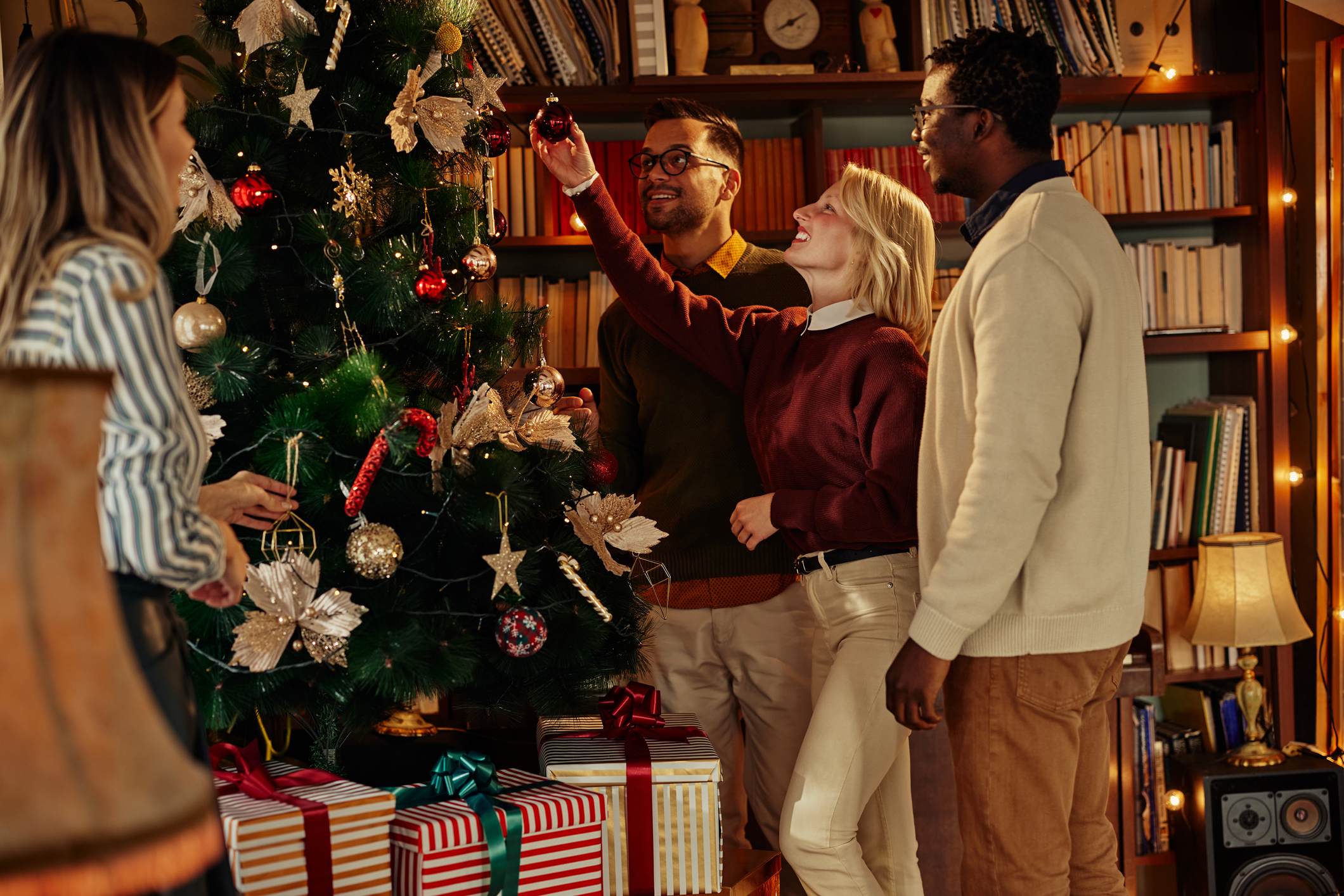When Will Gray Fade in Home Decor Trends?

Gray has been a dominant color in home decor for over a decade now, but as with all trends, the question arises: when will gray fade from its throne in interior design? In this comprehensive guide, we'll delve into the history of gray, why it became so popular, current trends, predictions for its decline, and what could take its place. Whether you're planning a home renovation or simply staying abreast of the latest in design trends, understanding the lifecycle of gray can help you make informed design choices that stand the test of time.
Why Did Gray Become So Popular?

The ascent of gray as a color in home decor can be traced back to a few pivotal moments in design history:
- Mid-Century Modernism: Gray became a staple in mid-century modern design, thanks to its use by architects like Mies van der Rohe and designers like Florence Knoll.
- Minimalism: The rise of minimalism in the 90s and 2000s favored clean, uncluttered spaces, where gray provided the perfect neutral backdrop.
- Transition from Browns: Gray acted as a bridge color when people started moving away from darker, warmer tones like brown and towards cooler palettes.
- Architectural Trends: Open concept homes and the love for concrete and industrial materials naturally fostered an environment where gray thrived.
- Media Influence: TV shows and magazines showcasing sleek, gray-themed interiors helped solidify its popularity.
However, the saturation of any trend often leads to its decline, and gray is no exception.
Current Trends and Signs of Gray Fading

While gray remains a common choice, here are some indicators suggesting its waning influence:
- Diversification in Neutrals: There’s a growing preference for shades like greige (a mix of gray and beige), taupe, and even soft whites to create warmth.
- Color Accents: Rooms with gray bases are now often seen with stronger, more vibrant accent colors, indicating a shift in design philosophy.
- Eco and Wellness Movement: The push towards biophilic design emphasizes natural elements, where gray, although neutral, can sometimes feel sterile.
- Texture Over Color: Designers are now focusing more on textures rather than just color, potentially reducing the dependency on gray as a backdrop.
- Personalization: There’s a movement towards more personalized, eclectic spaces, which often require a departure from the uniform gray palette.
The above signs suggest that while gray isn't disappearing instantly, its reign is being challenged by other trends and design philosophies.
Predicting the Decline of Gray

Here’s what we can infer about the future of gray in home decor:
- Color Psychology: The calming, stable nature of gray might lose its appeal as people crave more energy and vibrancy in their living spaces post various global events.
- Societal Shifts: Changing demographics and generational preferences, like the desire of younger generations for more self-expression, could push gray to the sidelines.
- Innovation in Design: With technology and new materials coming into play, the design world might innovate beyond the simplicity of gray.
- Reacting to Overuse: The saturation of gray in stores, online, and in completed projects could lead to a backlash against its use.
- Niche Longevity: Gray might not completely vanish but could become a niche choice for specific styles like modern farmhouse or industrial, rather than the default option.
These factors suggest that while gray might not disappear entirely, its dominance could be on the decline.
What Might Replace Gray?

As designers look to differentiate and innovate, here are some colors and elements that might fill the void left by gray:
- Natural Colors: More earthy tones like sage greens, terracotta, and ochre are gaining traction for their connection to nature.
- Rich Hues: Jewel tones and even dark colors like navy and burgundy might become focal points in design to bring depth and character.
- Black: As an alternative to gray, black can create the same sophistication but with more drama.
- Wood Tones: A resurgence in the use of wood, both for its warmth and sustainability, might steer the color palette towards more wood-inspired hues.
- Metallic Accents: While still fitting in modern designs, gold, brass, or copper could replace silver, providing warmth and luxury to spaces.
- Patterns: A rise in the use of patterns, from floral to geometric, might shift the focus from flat colors to intricate designs.
- Textured Neutrals: Moving away from the plain neutrality of gray, textured whites and creams could become the new backdrops.
These trends would not necessarily completely replace gray but would diversify the palette that designers and homeowners have at their disposal.
💡 Note: Gray will likely remain relevant for years to come, but its ubiquity might lessen, allowing other colors and design concepts to shine.
The rise and potential decline of gray in home decor demonstrate the cyclical nature of trends. While gray was synonymous with modern elegance, timeless appeal, and versatile functionality, the world of interior design is inherently fluid. The shift away from gray could reflect changing societal moods, design philosophies, and a desire for individuality in personal spaces.
Why did gray become popular in home decor?

+
Gray’s popularity can be traced back to its versatility, the rise of minimalism, and its use in mid-century modern design.
How can you tell gray is fading from home decor trends?

+
Signs include the introduction of more vibrant accent colors, a shift towards eco-friendly design, and a focus on personalization.
What trends might replace gray?

+
Colors like sage green, terracotta, and jewel tones, as well as an increased focus on texture and patterns, might take the stage.



